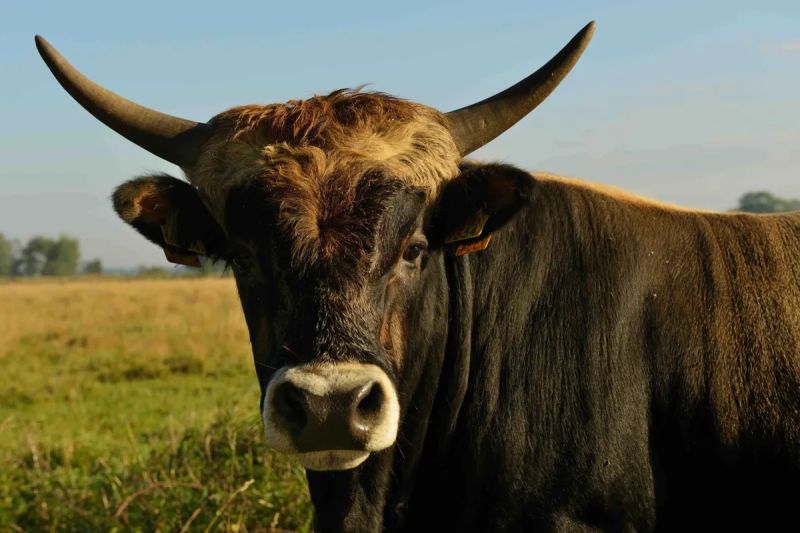Wild Bulls Store Carbon Emissions

🌿 Wild Bulls in Scotland Are Storing Carbon - how cool is that? 🐂
A rewilding project in the Scottish Highlands is testing whether a herd of wild bulls could be the next big step in fighting climate change.
📌 The Plan:
By 2026, up to 15 tauros – a large breed of wild cattle – will be reintroduced to a 4,000-hectare plot near Loch Ness. The project, led by Trees for Life, is designed to restore biodiversity, enhance eco-tourism, and help capture carbon.
🔎 Why Tauros?
The tauros is a specially bred species that closely resembles the extinct aurochs, a powerful grazer that once roamed Europe. By combining genetics from ancient cattle breeds, tauros behave much like their ancestors and can play a key role in supporting the ecosystem. Source: Discover Wildlife
🌾 Environmental Impact:
Tauros have a unique effect on the land. Their grazing habits encourage plant diversity, while their dung and 'bullpits' – shallow depressions formed by rutting bulls – create micro-habitats for insects and plants. These activities promote healthy soils and boost carbon sequestration.
Image: Staffan Widstrand/Rewilding Europe